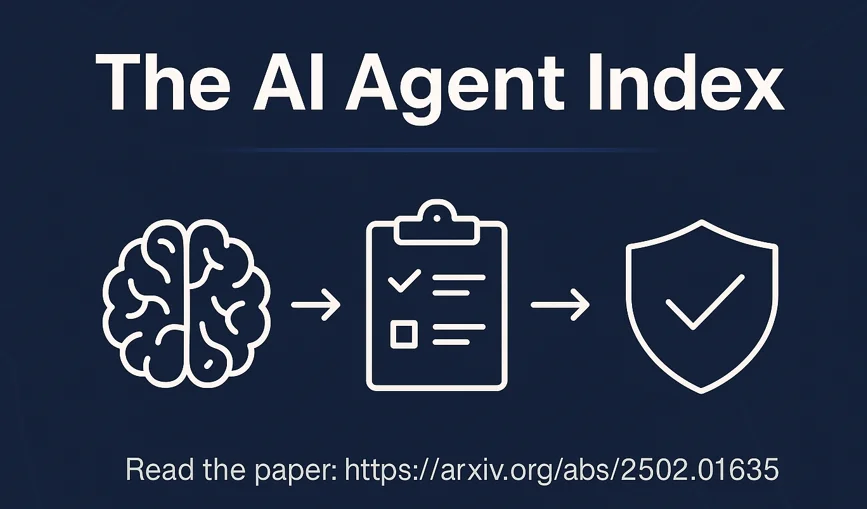🧠 The Ethics of AI: Why Transparency and Accountability Matter
Artificial Intelligence (AI) is no longer just a futuristic concept—it's an integral part of our daily lives, influencing decisions in hiring, education, and even the justice system. However, as AI systems become more prevalent, concerns about their transparency and accountability have come to the forefront. Let's explore why these ethical considerations are crucial, supported by real-world examples.
🤖 What Is Opaque AI?
Opaque AI refers to systems whose decision-making processes are not easily understood by humans. These "black box" models can make decisions without providing clear explanations, leading to potential issues in trust and accountability.
🌟 Why Transparency Is Key
Transparency in AI systems ensures that users understand how decisions are made, fostering trust and enabling accountability. When AI processes are transparent:
- Users can trust the outcomes, knowing there's a clear rationale behind decisions.
- Developers can identify and rectify biases, improving system fairness.
- Stakeholders can hold systems accountable, ensuring ethical standards are met.
⚖️ Fighting Bias in AI
AI systems can inadvertently perpetuate existing societal biases. Here are some notable examples:
1. Meta's LLaMA 4 Controversy
In April 2025, Meta released LLaMA 4, aiming to address perceived left-leaning biases in AI models. However, critics argue that the adjustments may have introduced right-leaning biases, raising concerns about the subjectivity involved in defining and adjusting for AI bias. Axios
2. Google's Gemini Image Generator
In early 2024, Google's Gemini AI image generator faced criticism for producing historically inaccurate images, such as depicting white historical figures as other races. The backlash highlighted the challenges in balancing diversity representation with historical accuracy in AI-generated content. Wikipedia
3. ChatGPT's Hiring Bias
A 2024 Bloomberg investigation revealed that OpenAI's ChatGPT exhibited racial bias in job recruiting scenarios. The AI ranked Asian women's resumes as top candidates 17.2% of the time, while Black men's resumes were top-ranked only 7.6% of the time, indicating significant disparities. Business Insider
🛑 Who's Responsible When Things Go Wrong?
When AI systems cause harm, determining accountability can be challenging. Transparent AI systems allow for:
- Clear identification of decision-making processes, enabling responsibility assignment.
- Legal and ethical accountability, ensuring that developers and organizations uphold standards.
- Improved system oversight, facilitating corrective actions when necessary.
🧍 Empowering People, Not Just Machines
Transparency in AI empowers users by:
- Providing insights into decision-making, allowing users to understand and question outcomes.
- Ensuring informed consent, particularly when personal data is involved.
- Maintaining autonomy, enabling users to make choices aligned with their values.
💬 Addressing Common Objections
Some argue that AI systems are too complex to be transparent or that revealing algorithms could compromise intellectual property. However:
- Complex systems can be explained through methods like model interpretability tools.
- Balancing transparency and proprietary concerns is possible with appropriate regulations and disclosures.
🛠️ What Can We Do About It?
To promote ethical AI, consider the following actions:
- Implement transparency standards, requiring clear documentation of AI decision-making processes.
- Conduct third-party audits, ensuring unbiased evaluation of AI systems.
- Develop bias mitigation protocols, proactively addressing potential disparities.
- Strengthen data privacy regulations, safeguarding user information.
🚀 A Future We Can Trust
As AI continues to shape our world, prioritizing transparency and accountability is essential. By learning from past missteps and implementing ethical practices, we can harness AI's potential while safeguarding societal values.


Comments (2)
waleed
couldn't agree more!, thanks for sharing
Joudi
Great insights, thanks for sharing
Please log in to comment.